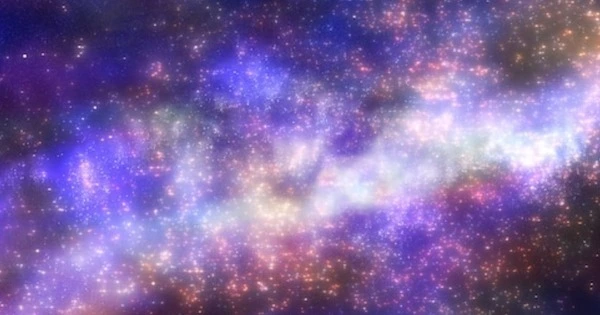According to NASA, the Geminid Meteor Shower will be at its peak this week, with the nights of December 13 and 14 offering the best chances to view the phenomenon.
Though the waning gibbous moon phase is predicted to create less-than-ideal circumstances, with as few as 30 to 40 meteors being visible in Iowa, depending on sky conditions, the Geminids Meteor Shower delivers as many as 150 meteors every hour to view. However, despite the moon’s phase, observers may expect to find plenty of entertainment because of the Geminids’ brightness.
The Geminids Shower, so named because its meteors seem to emanate from the Gemini constellation, is far more visible in the Northern Hemisphere than in the Southern. Instead, southern observers may only see 7 to 10 of the meteors that show to watchers further north.
The Shower will start early on Tuesday, December 13, between 9 and 10 p.m. Central Time, allowing even those who might not be up overnight to experience a portion of the event. The greatest frequency of meteors will start at 2 a.m. on Wednesday, December 14, according to NASA, but the Shower will peak at 6 a.m.
The Geminids Shower can also be observed just before or after this peak occurrence, though December 17 will be your last opportunity to see it in 2022 because only one or two meteors are anticipated to be visible.
For the best viewing, it is advisable to dress warmly, seek out a location away from city lights, lie down with your feet pointing south, and look straight up into the sky. It could take up to 30 minutes for a viewer’s eyes to adjust enough to see the meteors, so patience is a virtue in this quest. Additionally, while their vision is adjusting, viewers should refrain from staring at any bright objects during this time.
As the meteors reach their last ascent through the sky, the Shower, which will linger for the whole of the night, will be accentuated by several streaks of dazzling light.
All meteors, including those in the Geminids Shower, are pieces or particles of celestial bodies that burn up when they enter Earth’s atmosphere while flying at high speeds, typically comet fragments. More specifically, the 1983-discovered asteroid 3200 Phaethon’s debris makes up the Geminids Shower. The Geminids Shower happens as our planet passes through the asteroid Phaethon’s debris path, which orbits our sun every 1.4 years, according to NASA.
According to NASA, the Geminid meteors travel at an estimated 78,000 miles per hour, with the majority burning up 45 to 55 miles above the surface of the earth.
While the Geminids Shower may be the most beautiful, it is only one of the events taking place in our skies during December. Those who are interested can watch the monthly “What’s Up” videos from NASA’s Jet Propulsion Laboratory, which are available on YouTube.
















